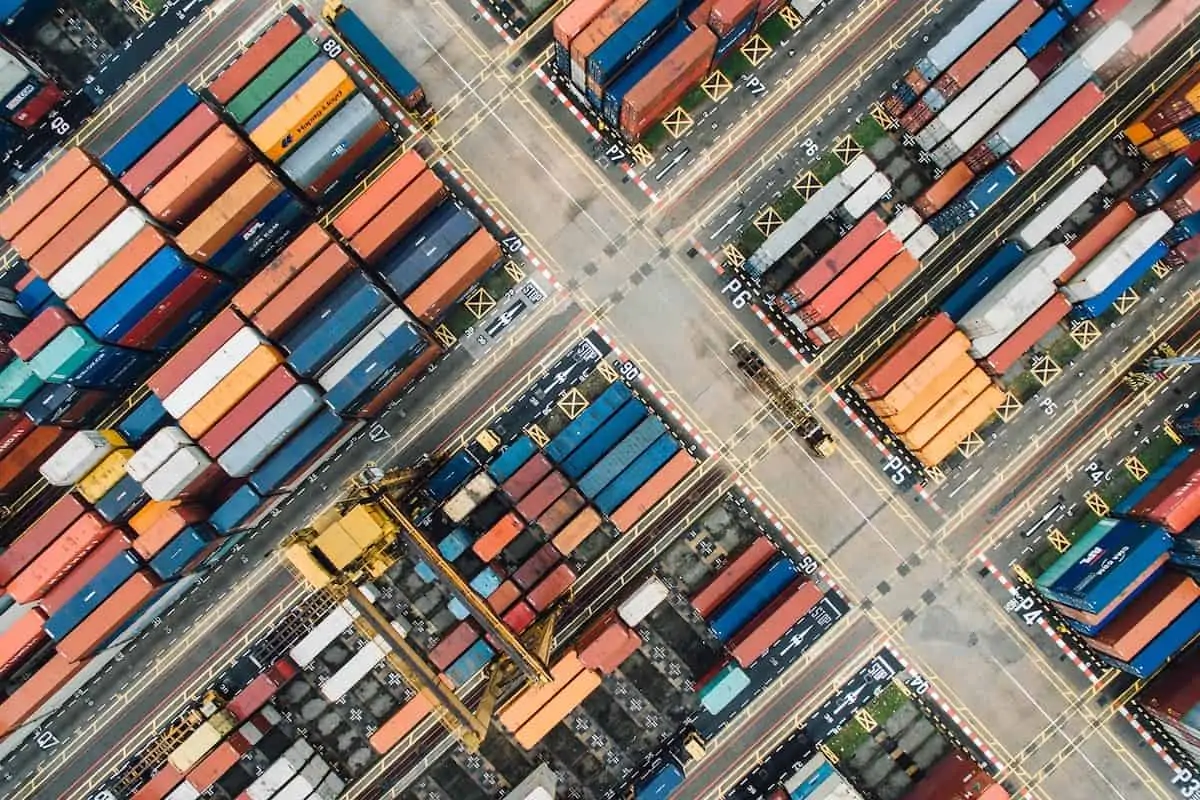A company’s distribution and warehousing operations consist of multiple functions and distribution challenges. It is not just about having workers picking items off shelves, packaging the products, and placing them on delivery trucks.
It also involves tracking shipments before they reach the warehouse or distribution center, handling customers, placing inventory in the right locations, managing inventory levels, forecasting customer demand, accepting returns, and more.
Trying to manage all of these processes daily creates a range of obstacles that could delay or disrupt the supply chain.
Here are common supply chain challenges and the modern technology that can offer cost-effective solutions.
1. Customer Service
Customers are uniquely involved with the supply chain. From the first contact with a sales representative, a company is gathering important information regarding the customer’s product preferences, transaction history and follow-up communication. The company may also track customer reviews, complaints and product returns.
The amount of customer data coming into operations is enormous. If a company is not prepared to gather and analyze the information, it becomes harder to manage inventory levels to meet customer demand as well as upsell/cross-sell the right products to customers.
In addition, a company cannot effectively track issues in its supply chain that are displeasing its customers, such as late shipments or damaged products.
Solution
Modern technology such as customer relationship management systems may help companies manage the huge amounts of gathered data and analyze it to further streamline supply chain processes.
These systems may include application programming interface platforms — so that customers have an easier time connecting with sales reps to place orders — and communication software for better employee interactions when sharing customer information.
2. Inventory Tracking
A shipment arrives at the warehouse. Due to the number of trucks coming into the loading dock, the shipment is set to one side to handle other tasks. Then the shipment is moved again as it is in the way of other processes, as workers may toss the products on the nearest shelf.
Other times, workers may place the box farther back as newer items are placed in front of it. This shipment becomes misplaced and lost within the warehouse. It may also become damaged while constantly moved out of the way.
Without effective inventory tracking, a company has no idea how many products are located at each warehouse location. If workers fail to properly record inventory or place it at the right locations, the owner and sales reps may believe that the product is out of stock. Customers end up going to competitors to complete orders, or too much of one product is ordered as this problem increases costs and waste.
Solution
Inventory management systems allow warehouse operators to know where every product is in operations. These systems may include barcode and radio frequency identification scanners to scan product information as shipments arrive and items become placed onto shelves. This real-time data is then sent to a centralized network that updates product levels.
Sales and customer services reps can instantly access this data using inventory management software to place orders and assist customers. In addition, warehouse owners may better manage product levels on shelves by instantly accessing the data.
3. Space Utilization
A big challenge for supply chains involves fully leveraging available warehouse space. When workers must run throughout the warehouse tracking a product or trying to pick several products to complete the order, these actions create added work and hinder packing and shipping processes. Employees may have to move other products to reach high-demand items or go on scavenger hunts to locate misplaced items.
Often, warehouse owners might believe it is the size of the warehouse creating this inefficiency, as they will select a larger site that offers more space. In reality, the problem lies with utilizing the space layout correctly.
Solution
Warehouse management systems provide a way to increase visibility and transparency in warehouse processes. They allow a company to better utilize existing warehouse space to make it easier for equipment and employees to reach products quickly.
Technology for Supply Chains
There are numerous technology solutions available — from artificial intelligence to the Internet of Things and robotics. Selecting the right tech will depend on the warehouse operations and the problems that need to be overcome.
Consider the initial budget for the solution to these distribution challenges, the return on investment, and whether the technology can scale up or down to align to changes in future processes.
Author bio: Jay Catlin is CEO at AMS Fulfillment, a leading order fulfillment company servicing B2B and B2C clients nationwide. Catlin has been with the company since 2002 and helped grow AMS into the successful third-party fulfillment entity it is today.


 EBOOK HERE
EBOOK HERE